LONDON (Reuters) – The number of murders in London has fallen below that of New York City but could still hit a 10-year high if it continues at the current pace, police data analysed by Reuters shows.
FILE PHOTO: Forensic investigators examine the pavement and carriageway on Chalgrove Road, where a teenage girl was murdered, in Tottenham, Britain, April 3, 2018. REUTERS/Toby Melville/File Photo
Provisional figures for February and March released earlier in the year suggested that the murder rate in London had overtaken New York for the first time in modern history.
But the number of murders in New York so far this year is now double the number in London, according to figures from the NYPD and London’s Metropolitan (Met) Police.
There had been 112 murders in London to October this year, compared to 238 in New York. But with more murders in London in November, the total for the year stands at 127, on pace to reach the highest number since 2008, when there were 154.
“It’s difficult for us to be even slightly positive when we’ve got the murder rate that we have,” Patrick Green, CEO of the Ben Kinsella Trust, an anti-knife crime charity named after a young victim, told Reuters.
(Graphics on ‘London and New York: murder totals in 2018’ – tmsnrt.rs/2PZnFn4)
London and New York are similarly sized cities but there is less gun violence in Britain, which has strict gun control laws, than in the United States and most British police are not equipped with firearms.
But the rise in violent crime in London is challenging that approach.
The Met denied that it would routinely deploy armed officers in communities affected by violence after media reports on Friday, but did say armed police might be deployed in specific instances where violence had happened, or where intelligence suggested it could happen imminently.
The rise is driven by an increase in knife crime. So far this year, 59 percent of homicides have been stabbings, while only 10 percent have been shootings.
Met Police Commander David Musker said a Violent Crime Task Force, formed earlier this year, had arrested more than 2,000 people in the last eight months and seized more than 460 knives, 340 offensive weapons and more than 100 lethal firearms.
“Whilst rates in London are now beginning to stabilise, we are not complacent and are committed to using all the powers at our disposal to tackle this issue,” he said.
While members of parliament in Westminster obsess over Brexit, the rise in violent crime is still having political ramifications.
During an election campaign last year Prime Minister Theresa May was criticised for her record as home secretary, where she presided over police cuts. Rather than bolstering support for her Brexit plan through the vote, she lost her parliamentary majority.
May says that 460 million pounds has been made available for policing this year.
London Mayor Sadiq Khan has highlighted the difficulties caused by cuts in police numbers, but has himself faced scrutiny for saying that London remains one of the safest global cities in the world.
In general terms, Khan is right: London ranked 20th in the Economist Intelligence Unit’s Safe Cities Index 2017, above Paris, Milan and Moscow, and last year had a lower murder rate than Berlin.
But in an interview with BBC Radio this month, Khan said it could take “a generation” to deal with the increase in violent crime.
“To really make significant progress, it can take up to 10 years,” Khan said.
Reporting by Alistair Smout; Graphic by Alistair Smout and Lea Desrayaud; Editing by Matthew Mpoke Bigg

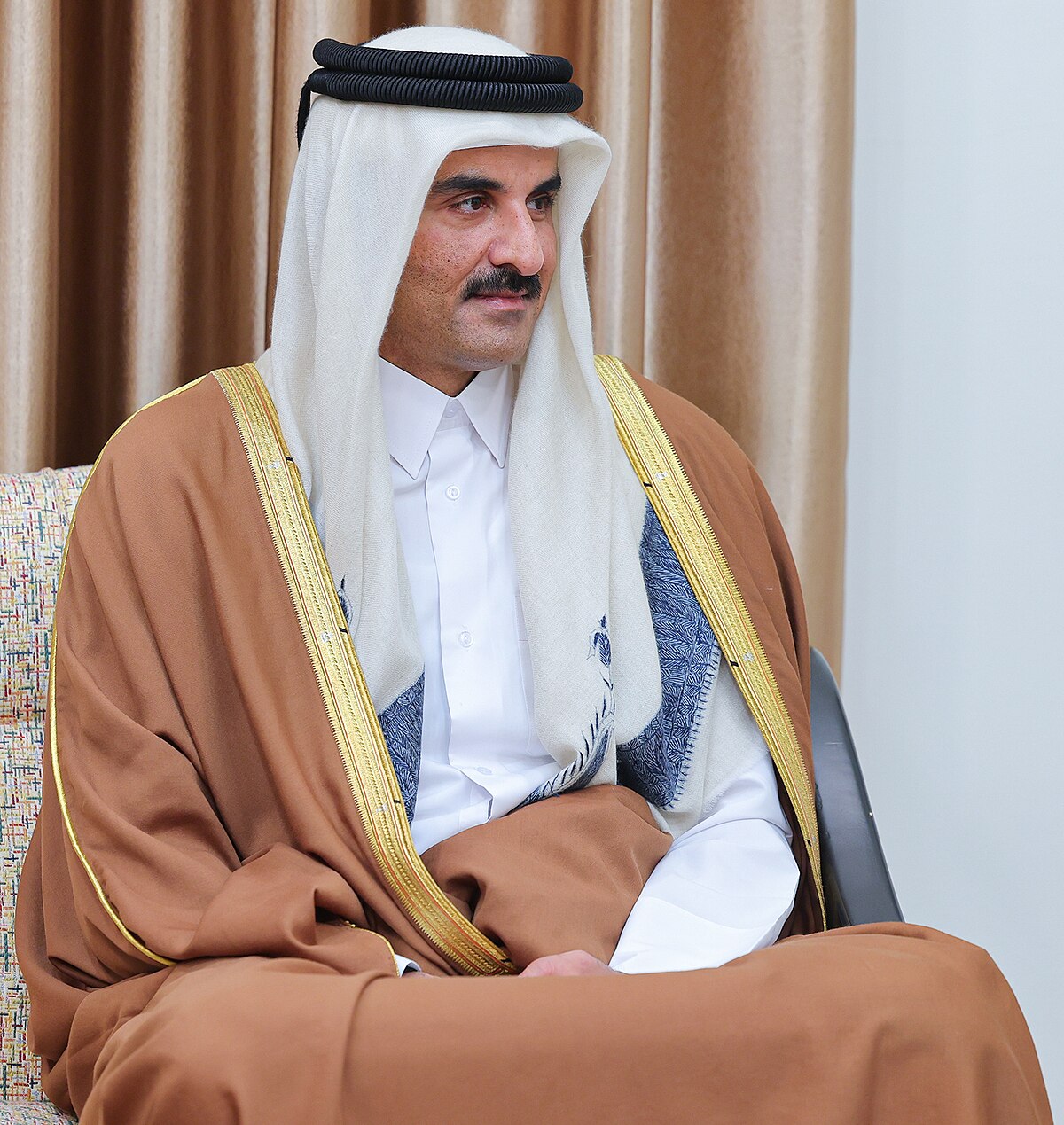
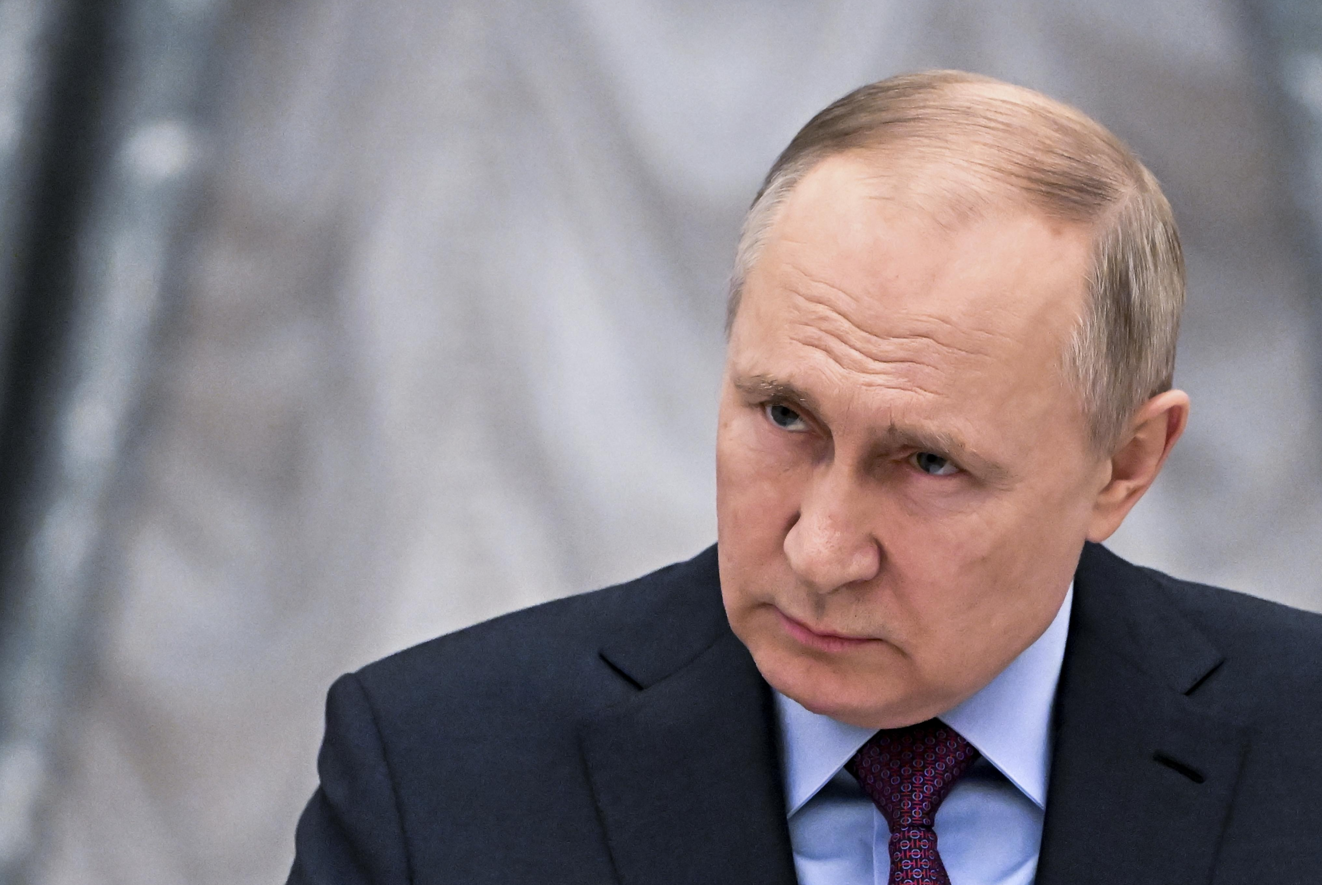
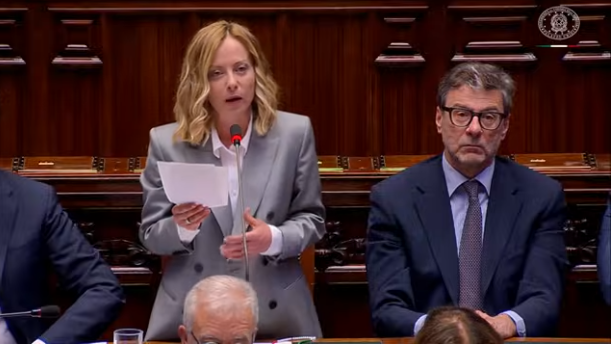
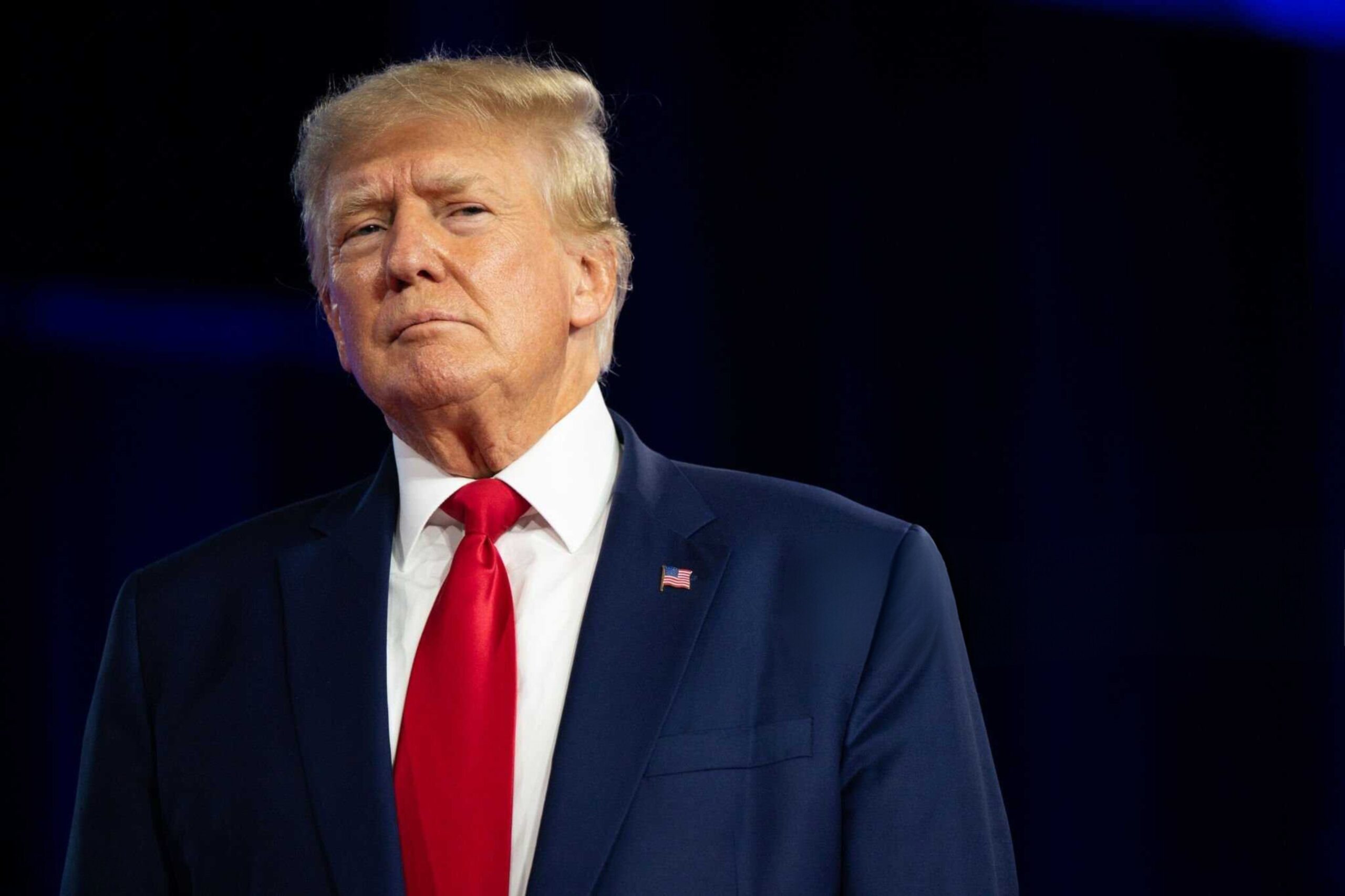
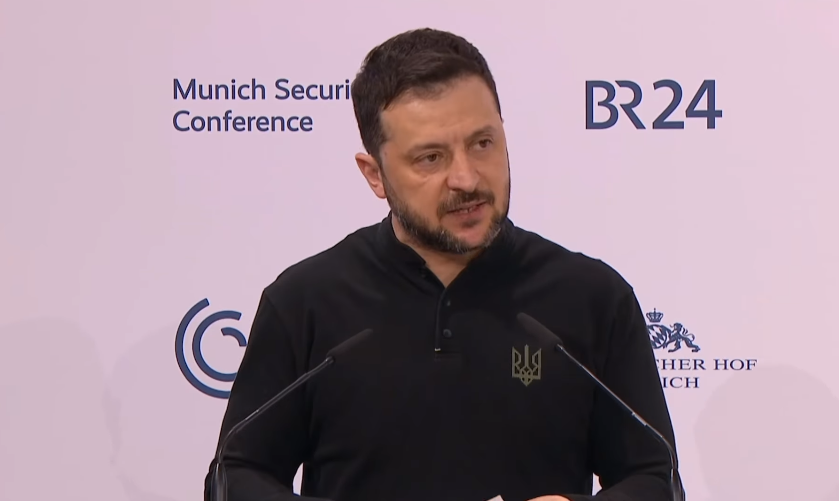
Leave a Reply